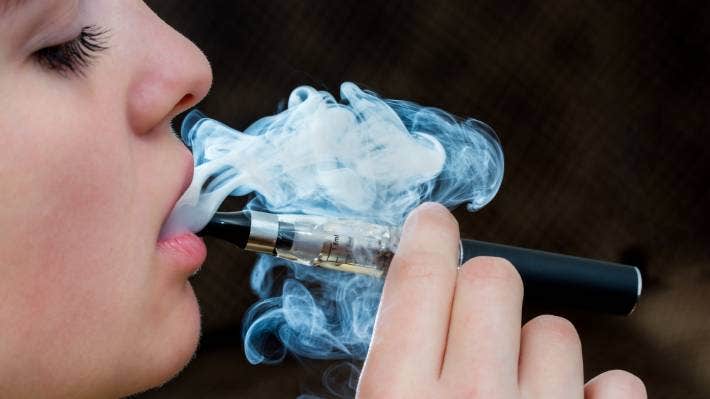In recent years, the global landscape has witnessed a significant rise in the popularity of vaping, a practice that involves inhaling and exhaling vapor produced by electronic cigarettes or similar devices. While proponents highlight Cake Disposables Vaps as a less harmful alternative to traditional smoking, a cloud of controversy and concerns hovers over this trend. Public health officials, medical experts, and policymakers find themselves grappling with a complex web of issues surrounding vaping.
Proponents argue that vaping offers a harm reduction approach for individuals seeking to quit smoking. Advocates of vaping point to research suggesting that e-cigarettes lack the toxic combustion byproducts found in traditional cigarettes, making them a potentially safer option. Moreover, some claim that vaping can assist smokers in breaking their addiction by providing a controlled method to gradually decrease nicotine intake. The diversity of flavors available in e-liquids has also contributed to vaping’s appeal, particularly among young adults.
However, the rise of vaping has not occurred without criticism. One of the most pressing concerns revolves around the lack of long-term data on the health effects of vaping. While e-cigarettes might indeed be less harmful than traditional cigarettes, the potential risks associated with inhaling various chemical compounds found in e-liquids remain uncertain. Cases of severe lung injuries have been reported, raising alarms about the safety of vaping products and their potential links to adverse health outcomes.
Furthermore, the vaping industry has faced criticism for its marketing practices, particularly towards youth. The enticing flavors and sleek designs of vaping devices have drawn a younger demographic, sparking fears of a new generation becoming addicted to nicotine. Regulatory bodies are struggling to strike a balance between preserving vaping as a harm reduction tool for adult smokers while curbing its appeal to minors.
The evolving regulatory landscape surrounding vaping is another pivotal aspect of this issue. Various countries have adopted differing approaches, ranging from outright bans to strict regulations on advertising and sales. The lack of standardized regulations on ingredients, labeling, and manufacturing practices has led to concerns about product quality and consistency.

